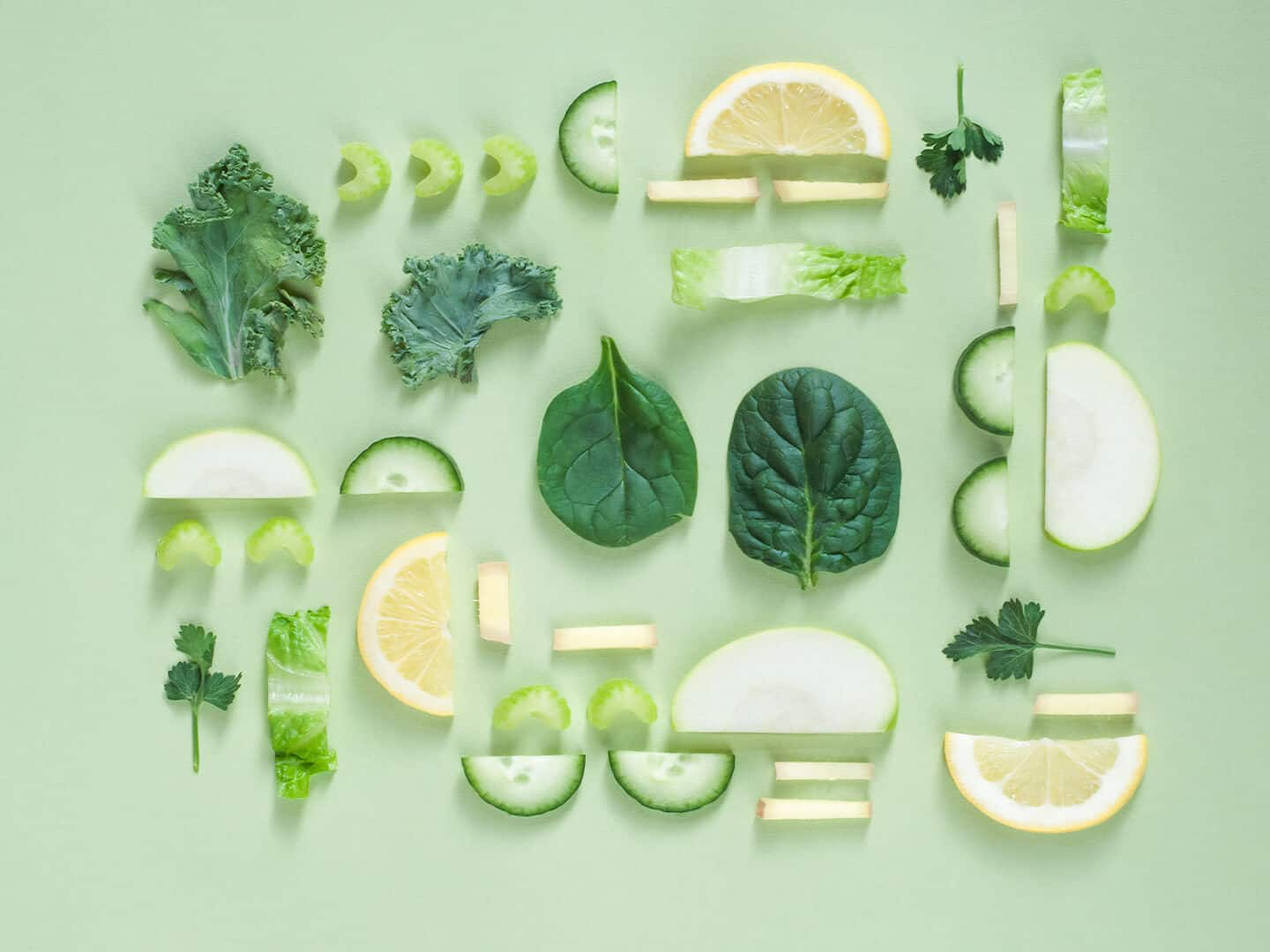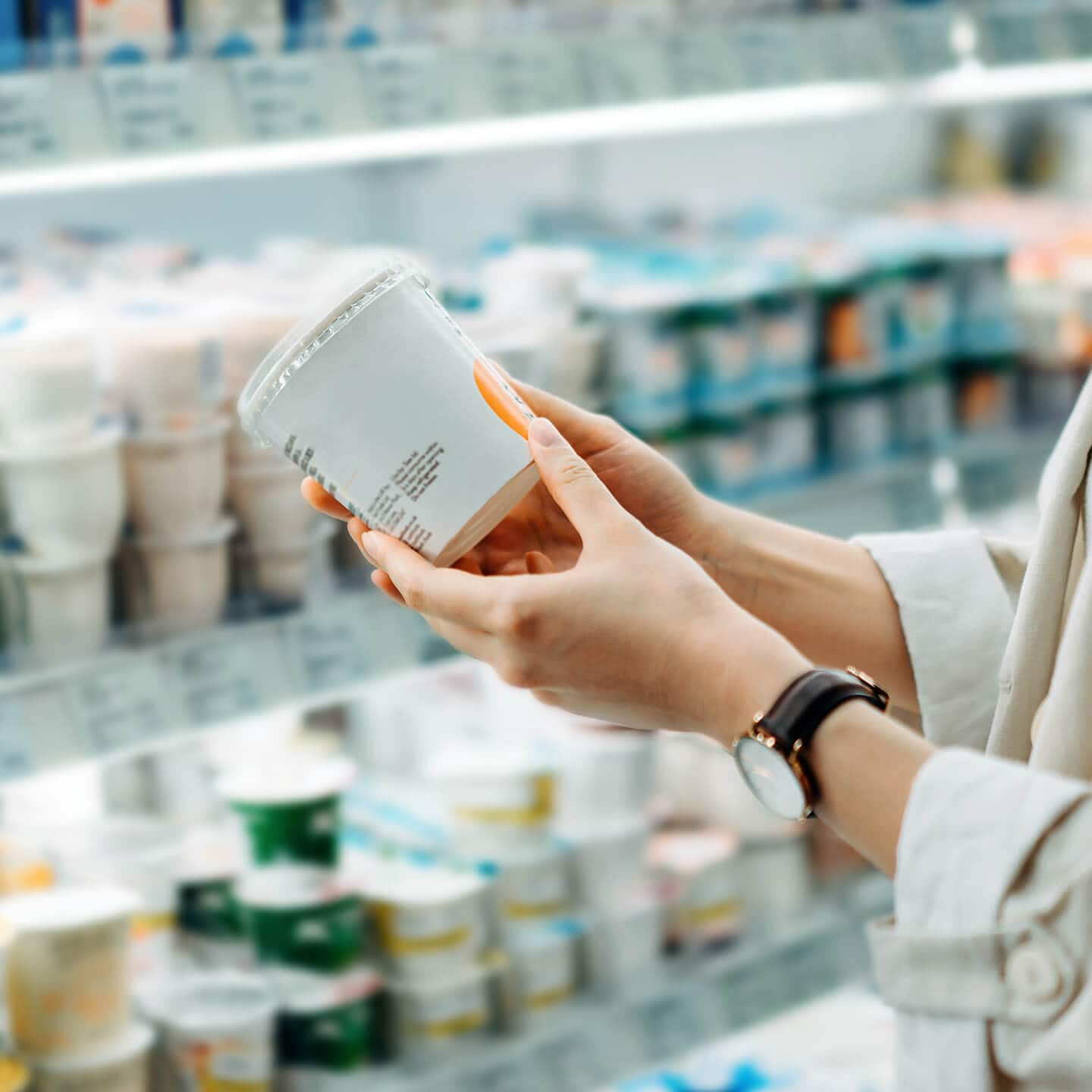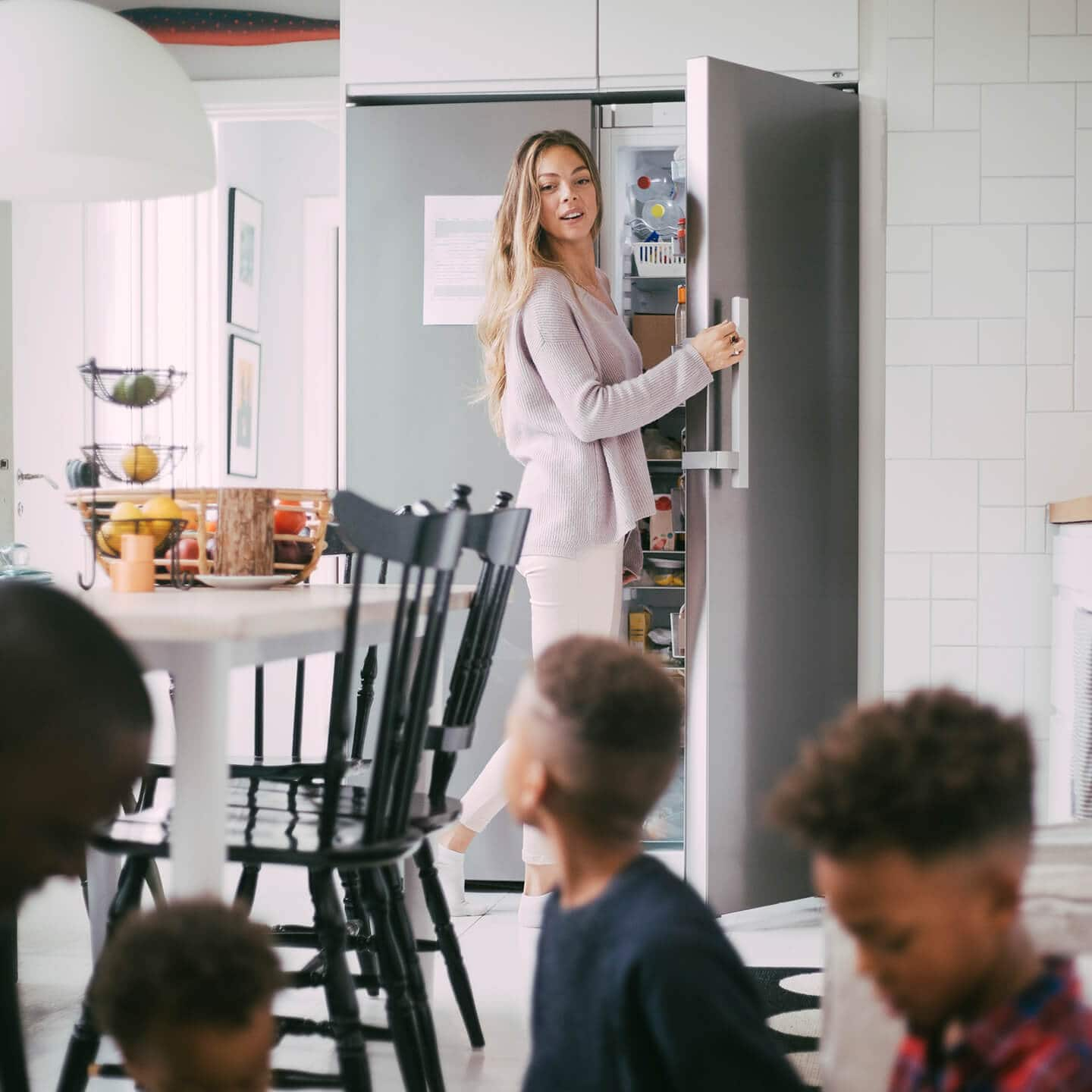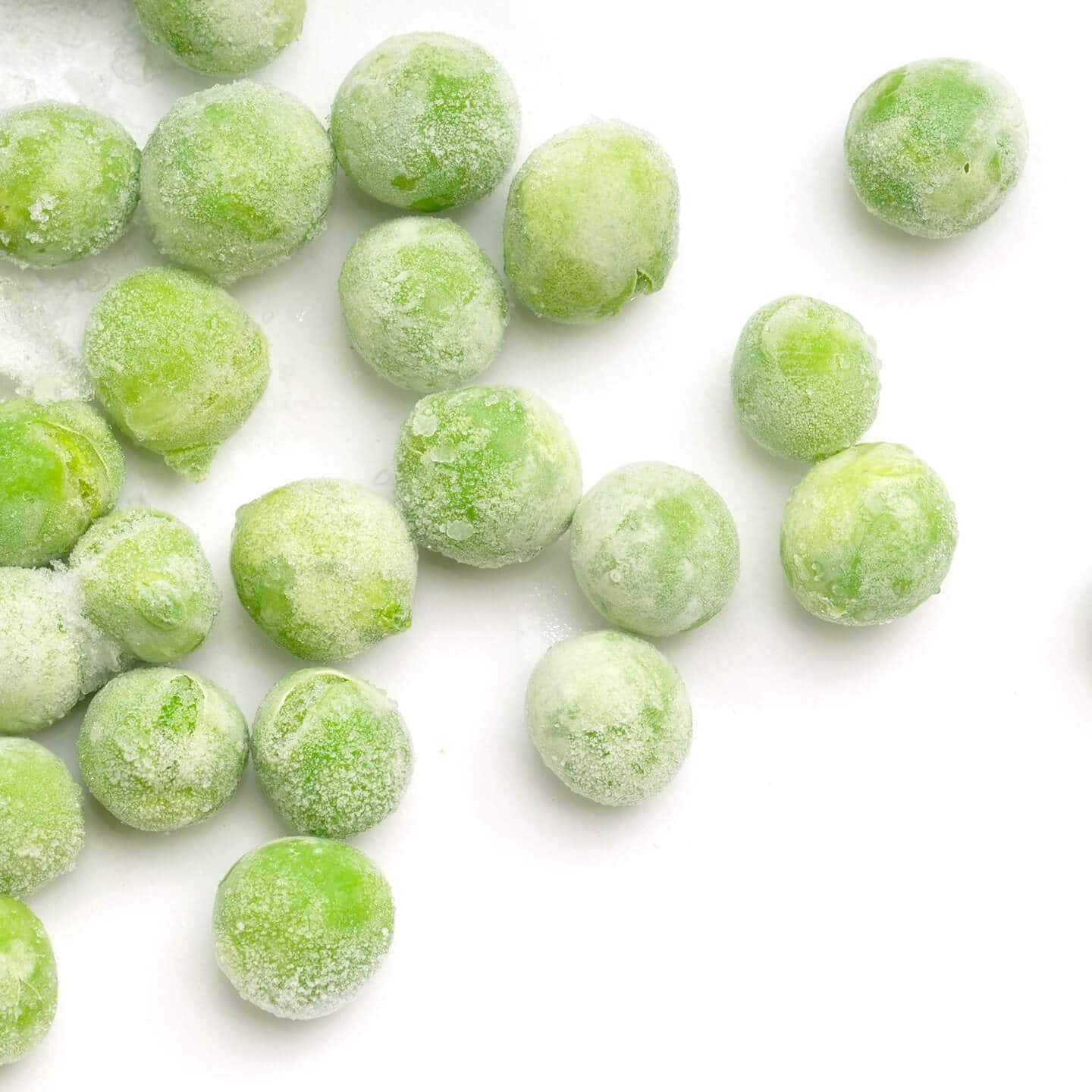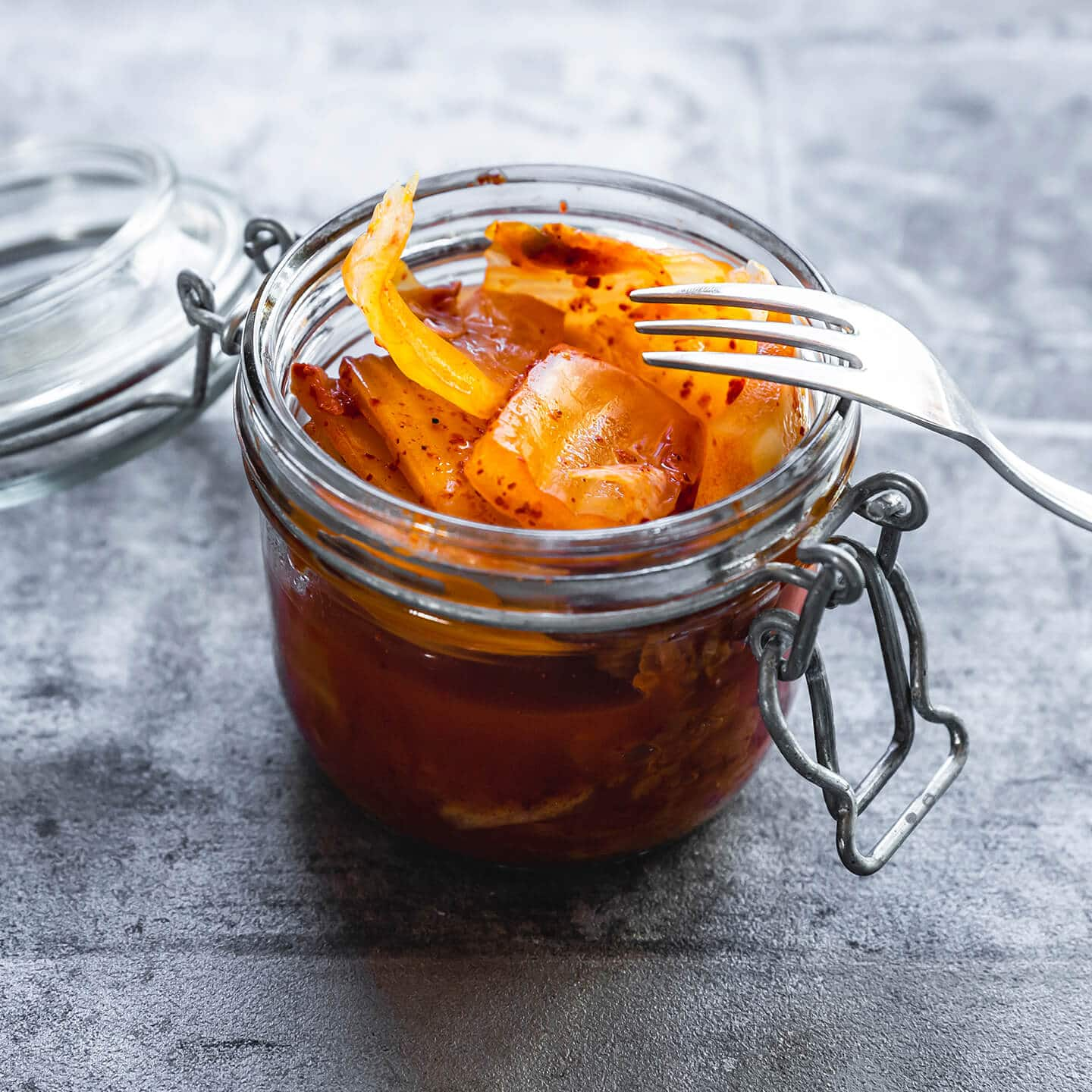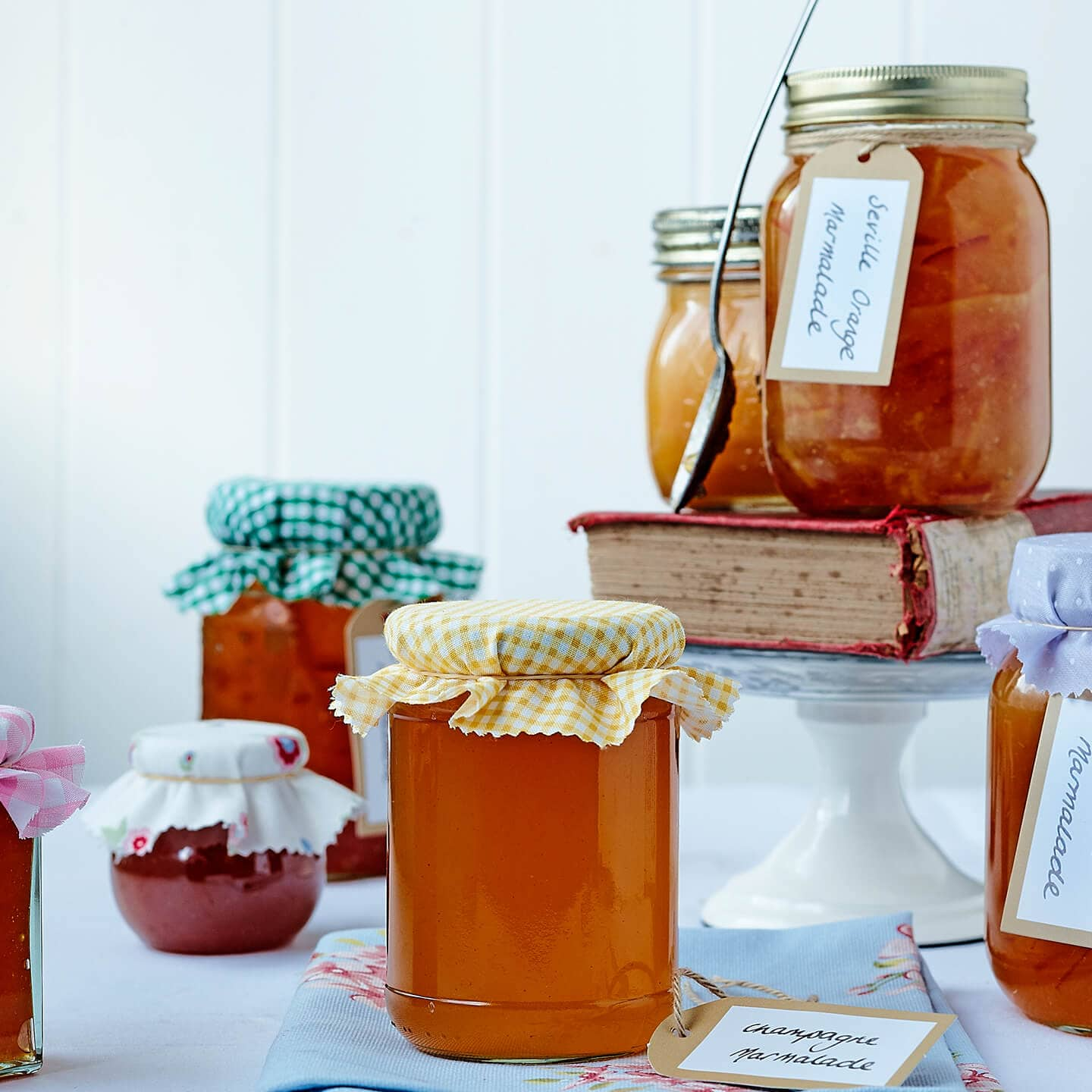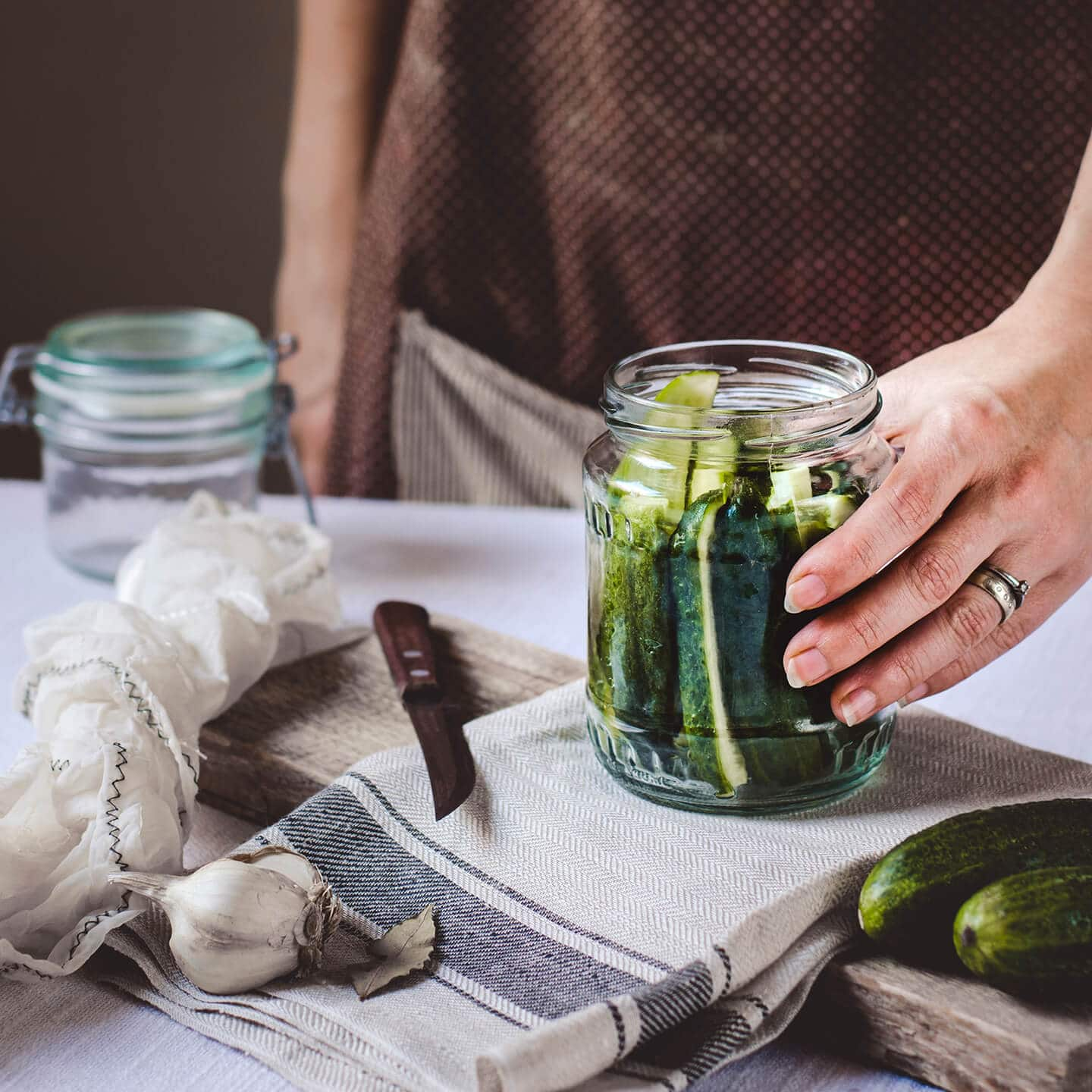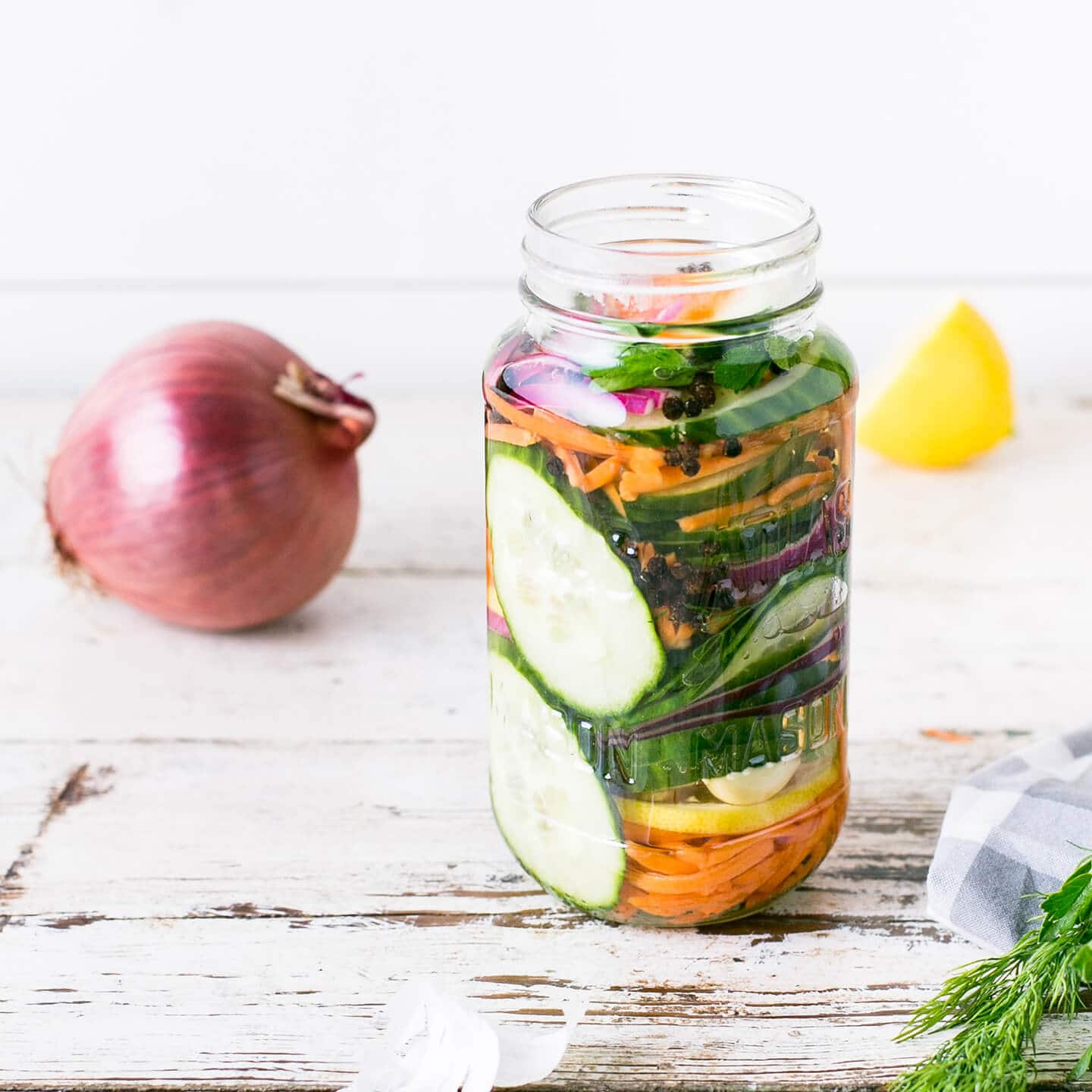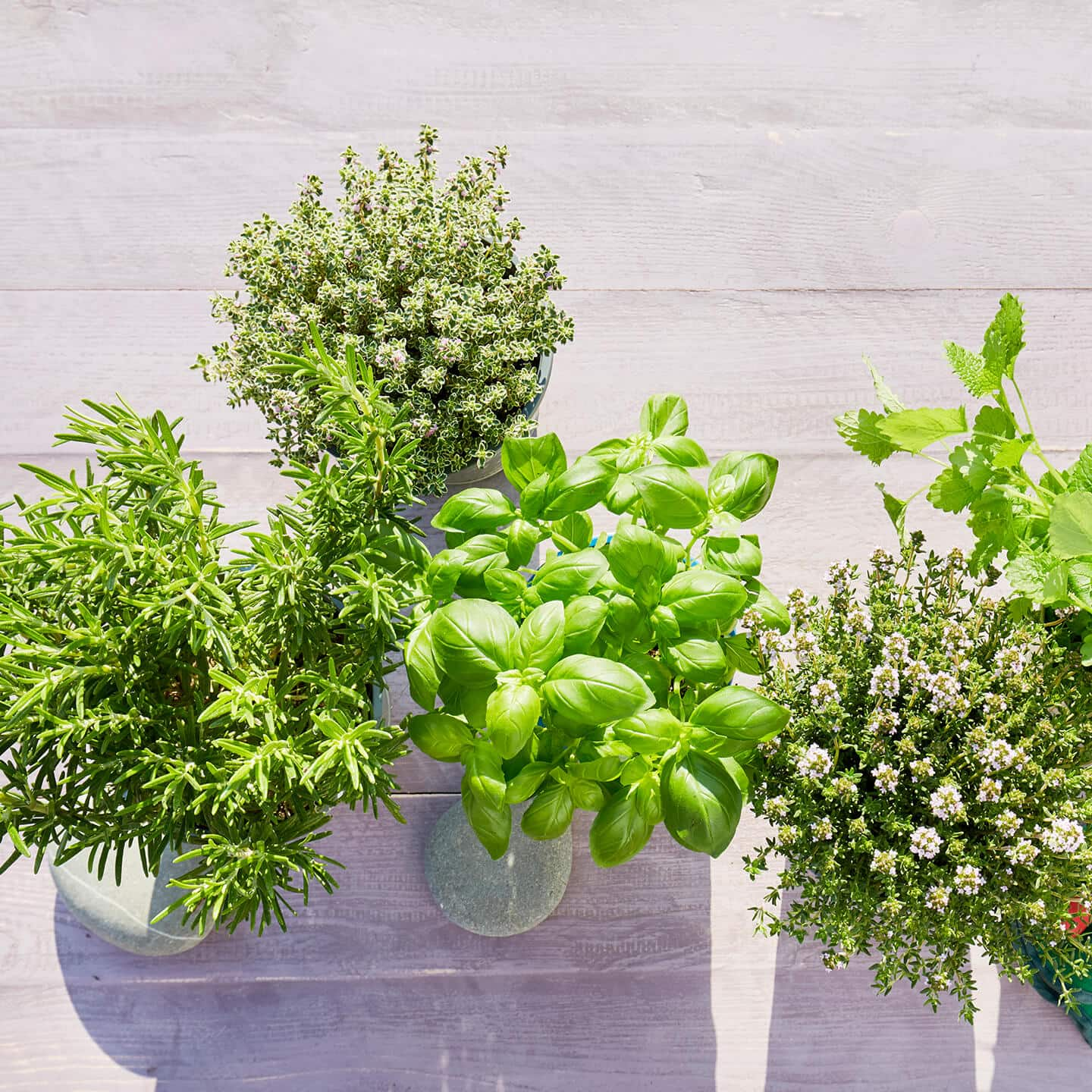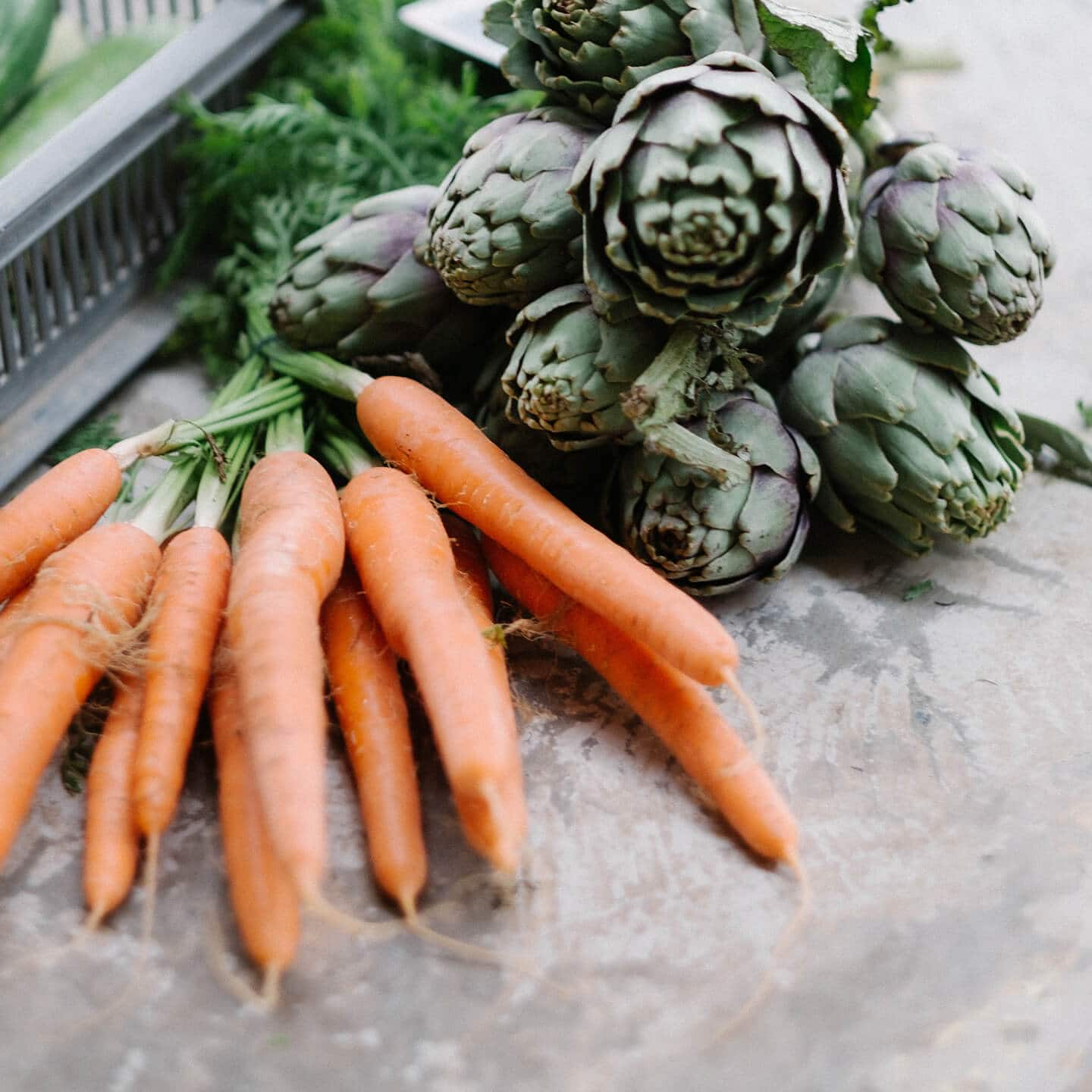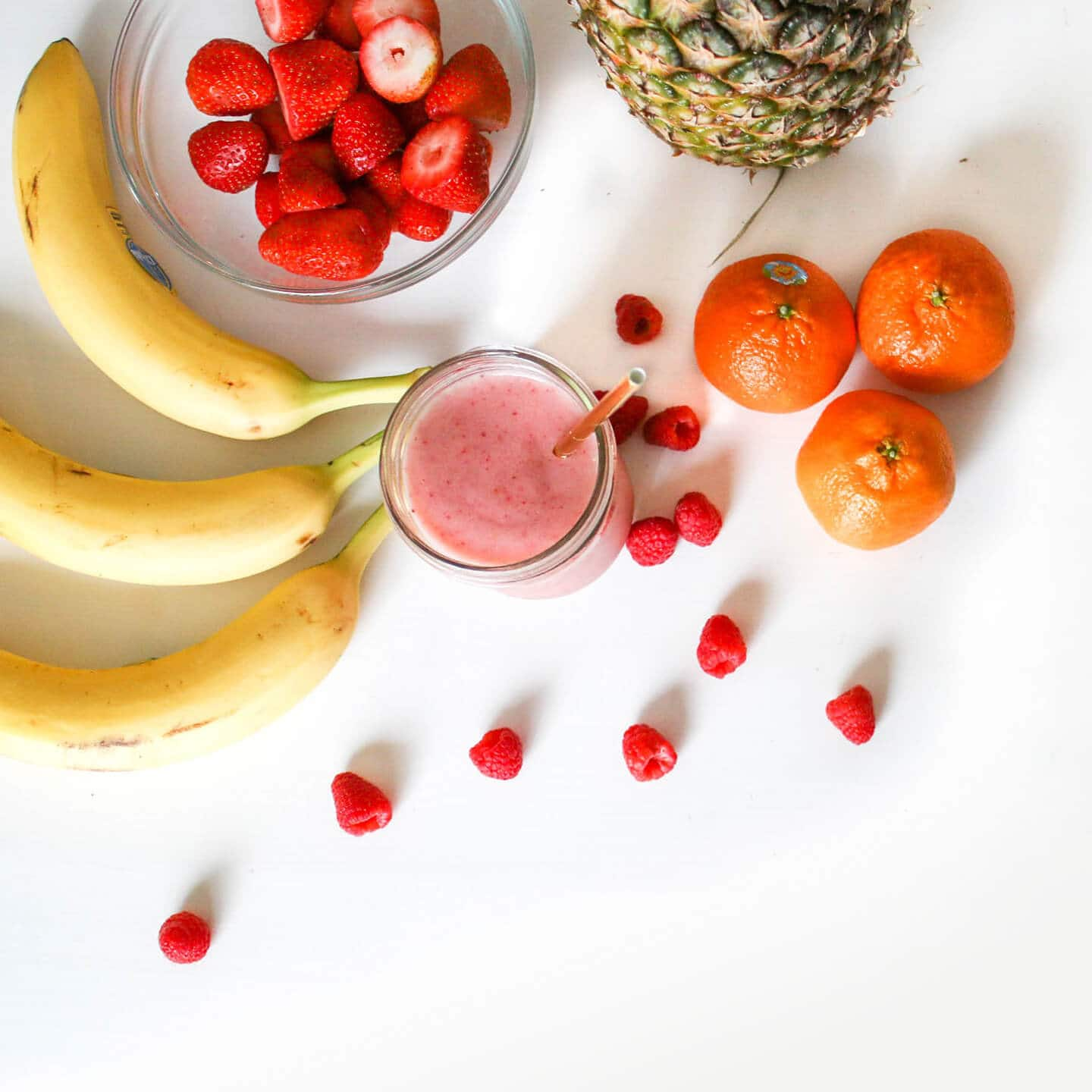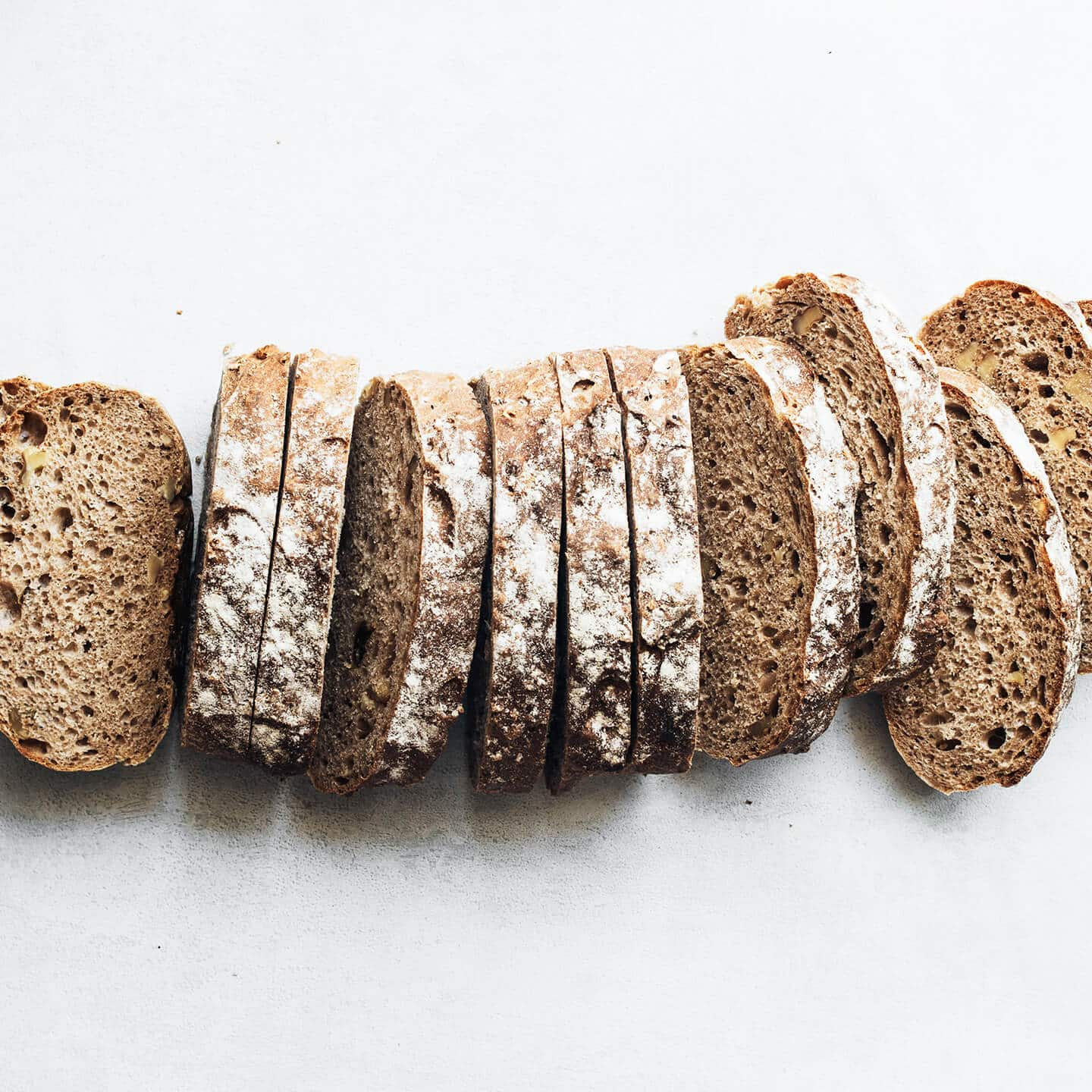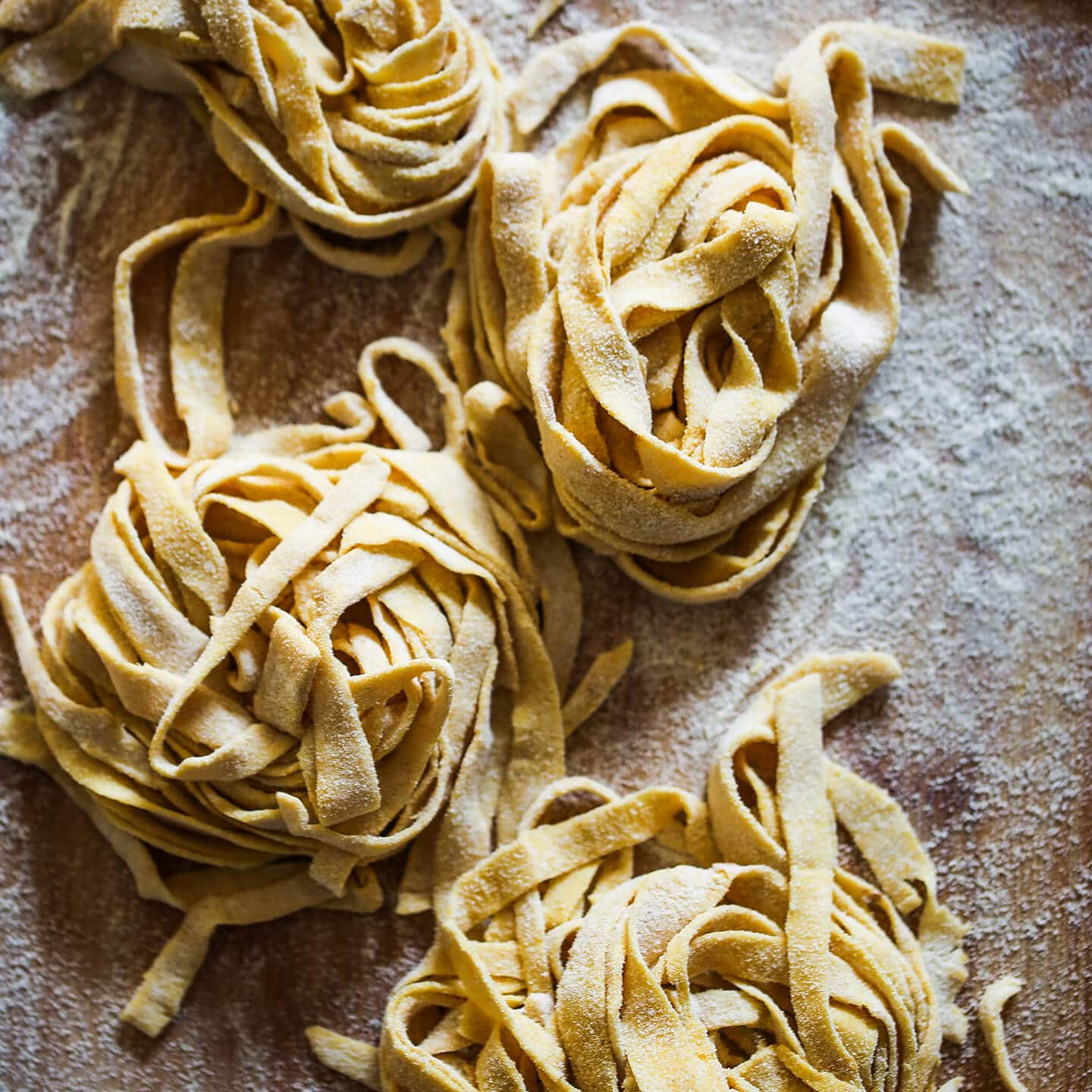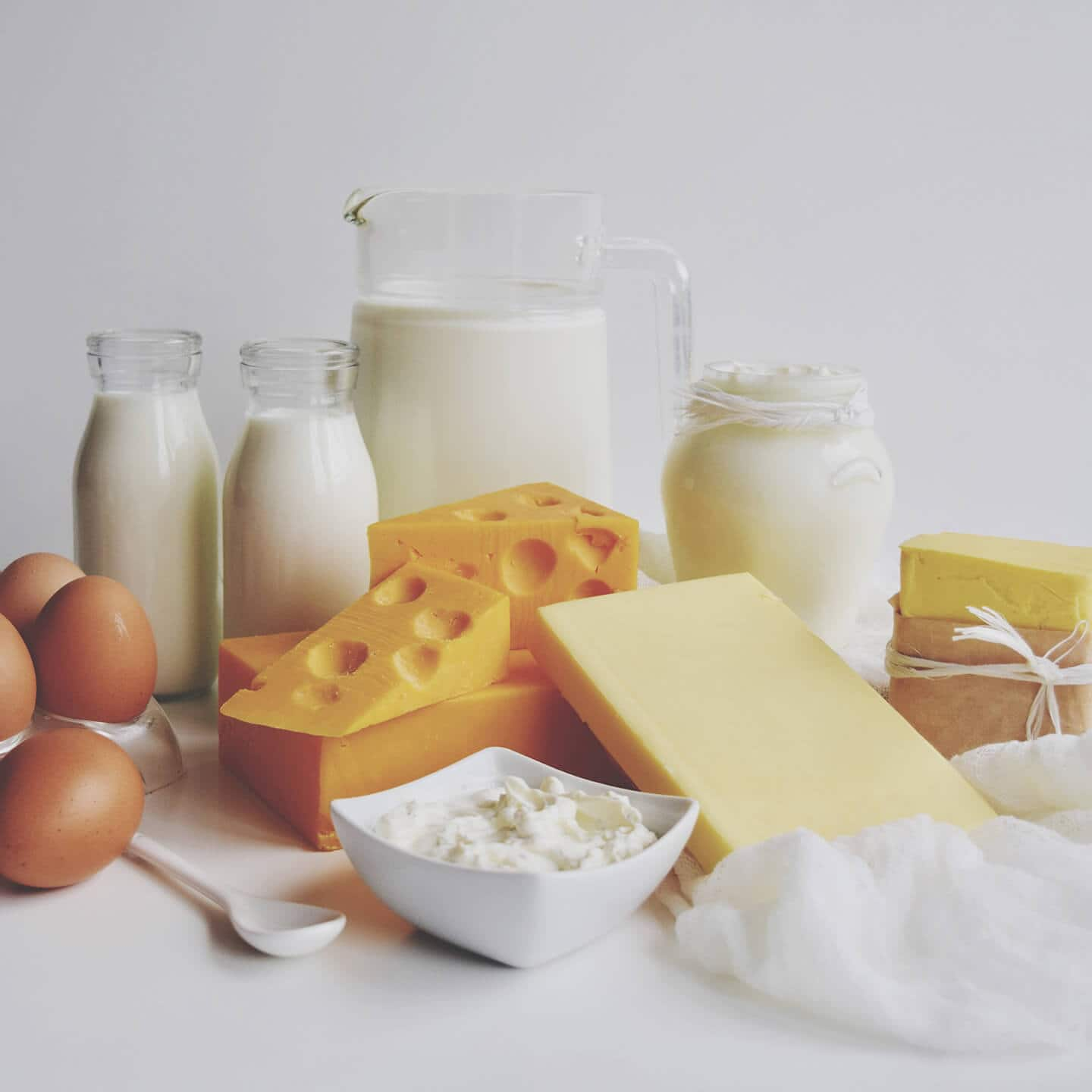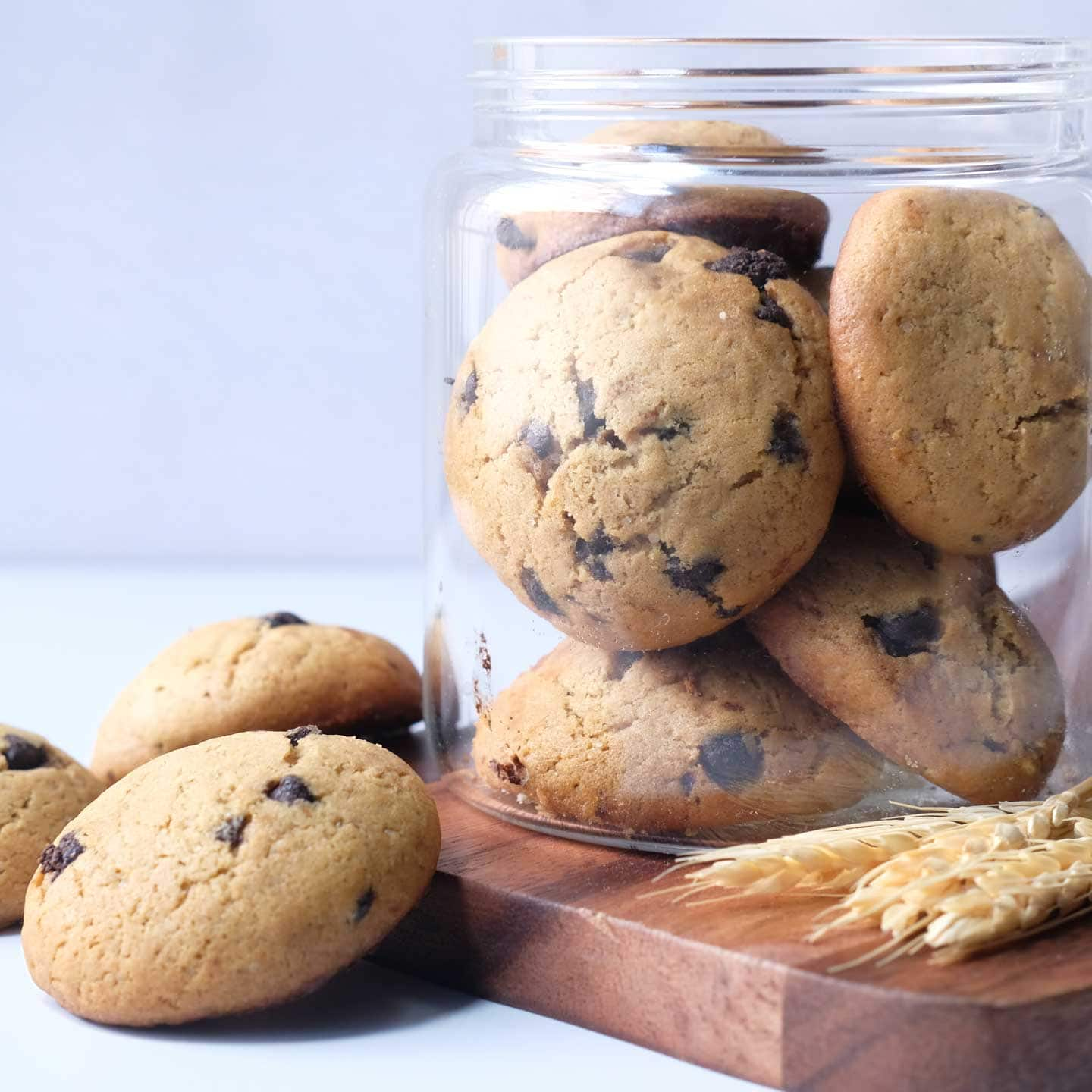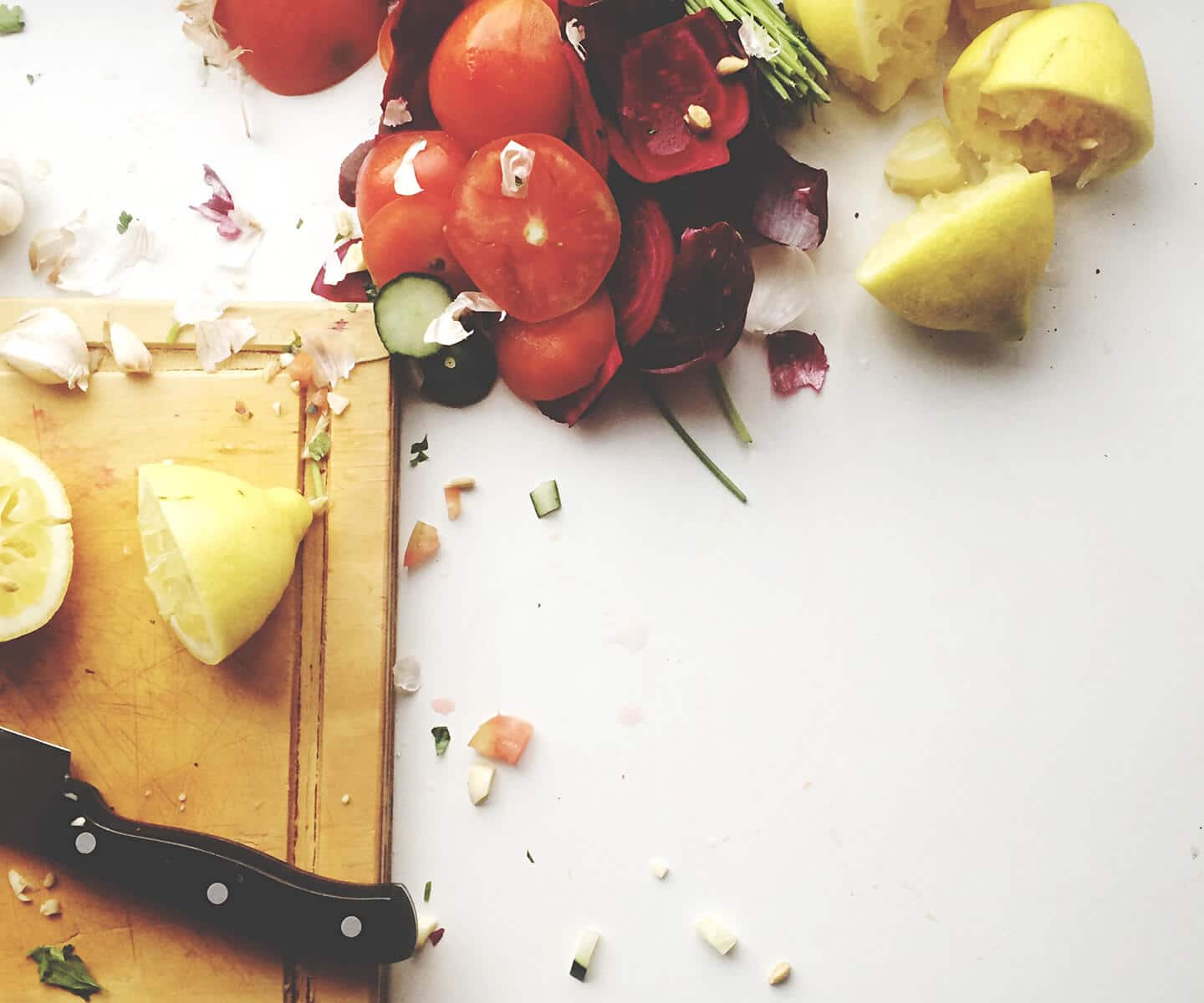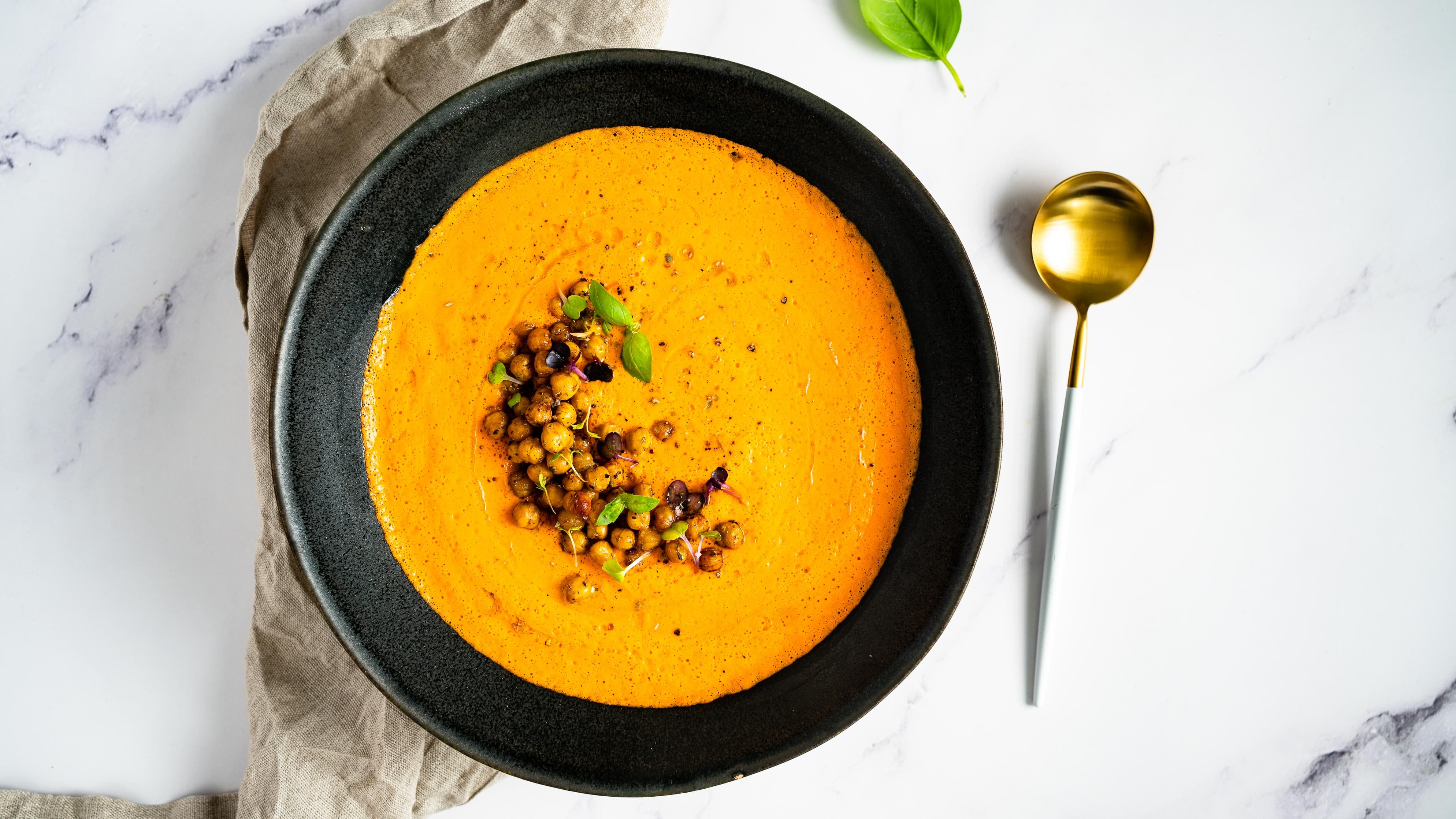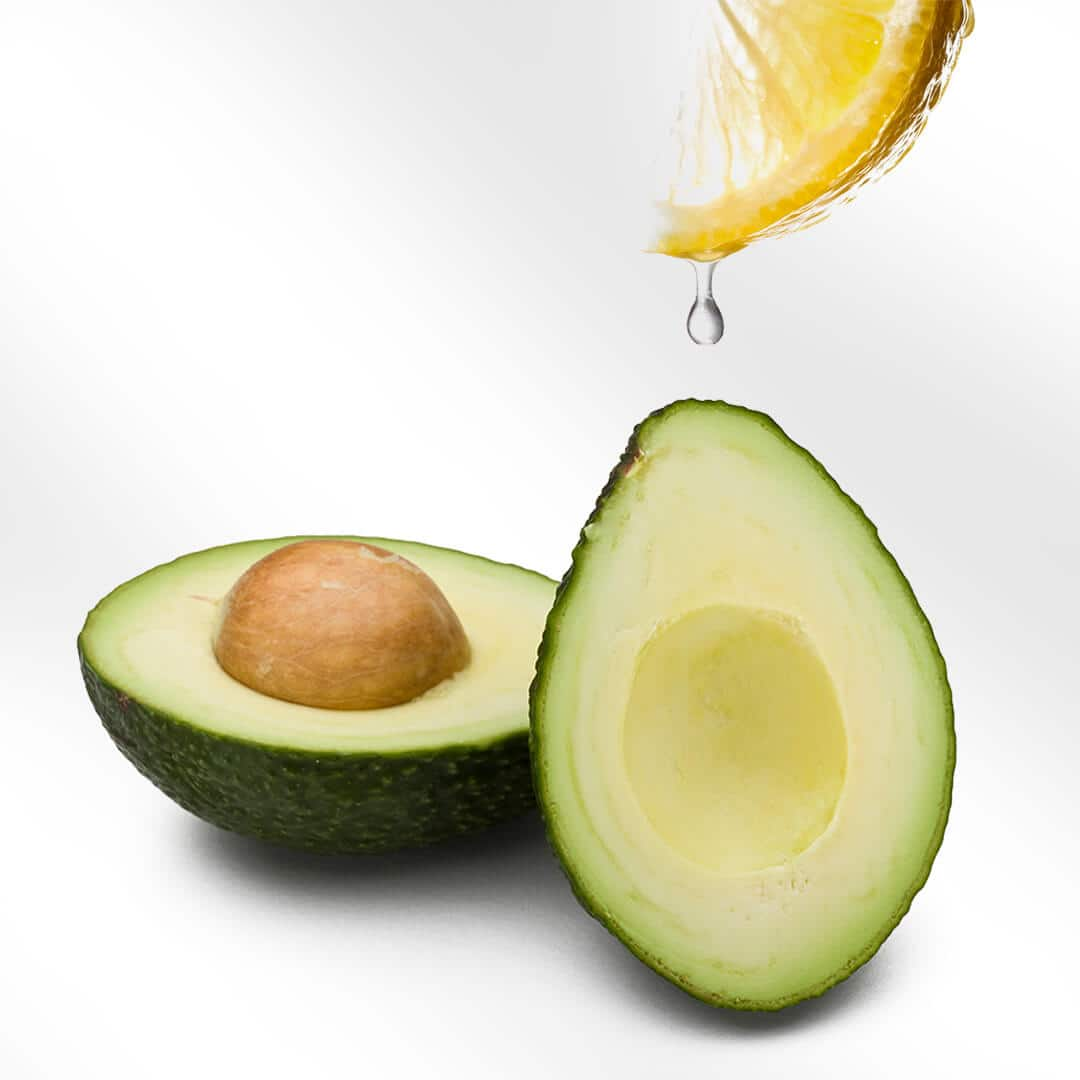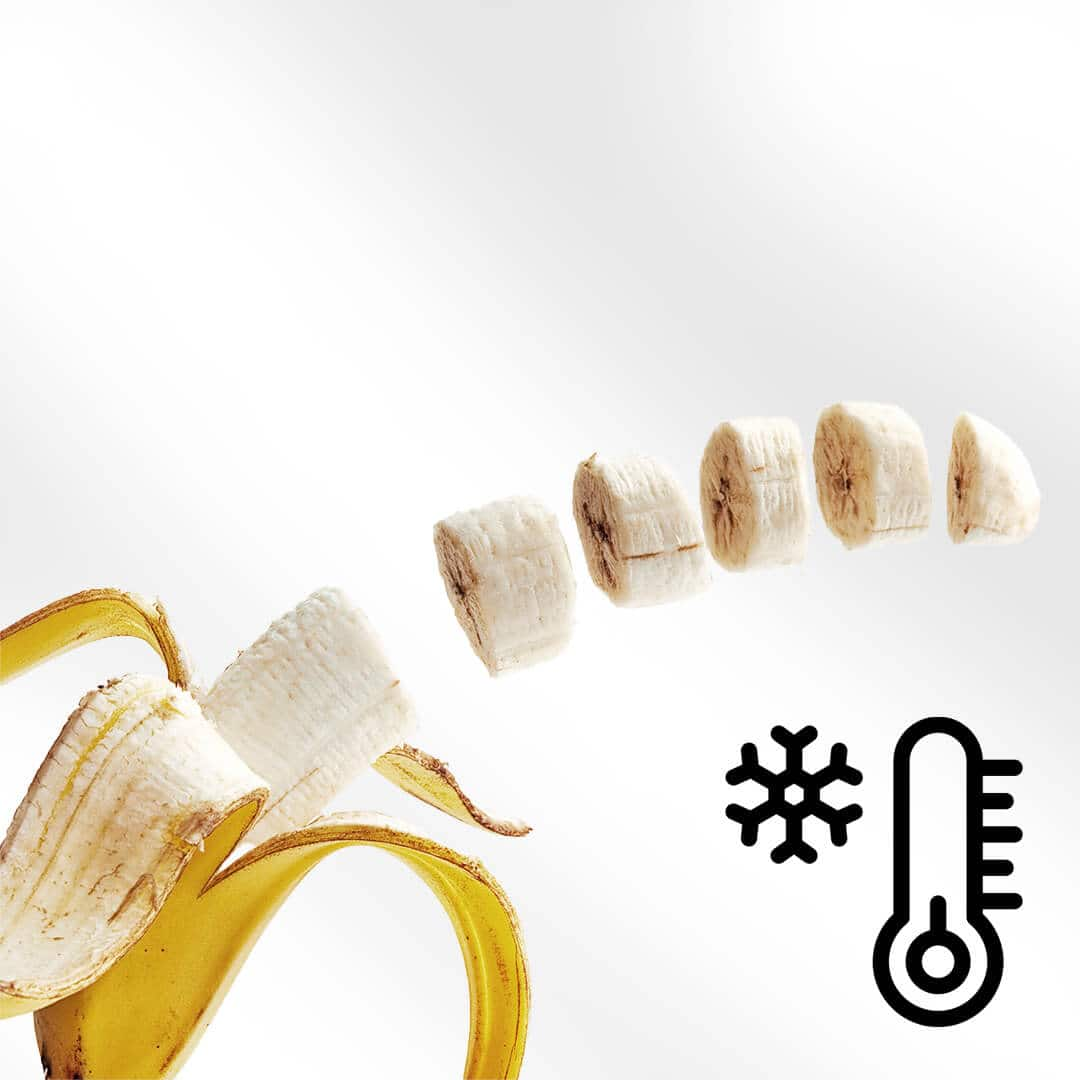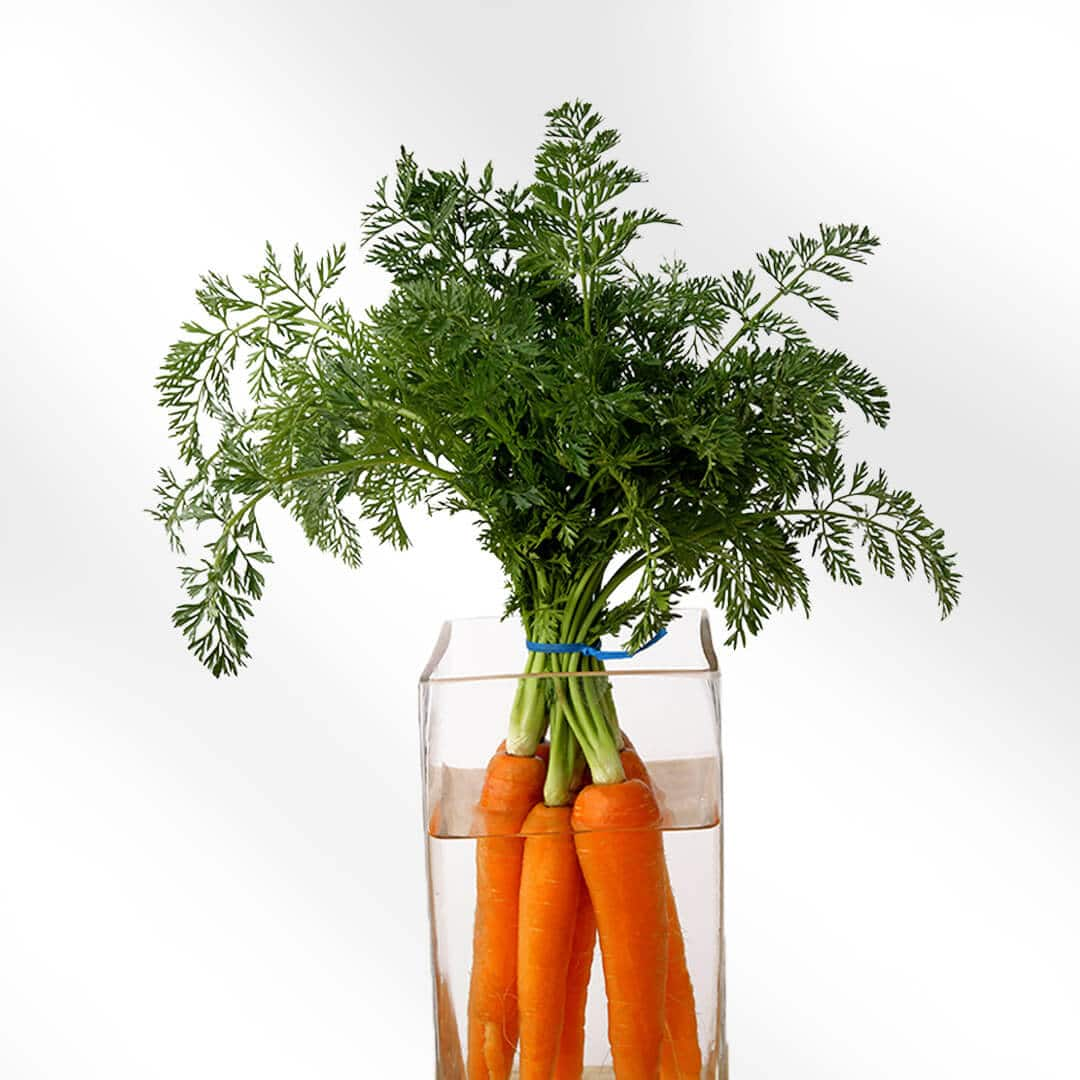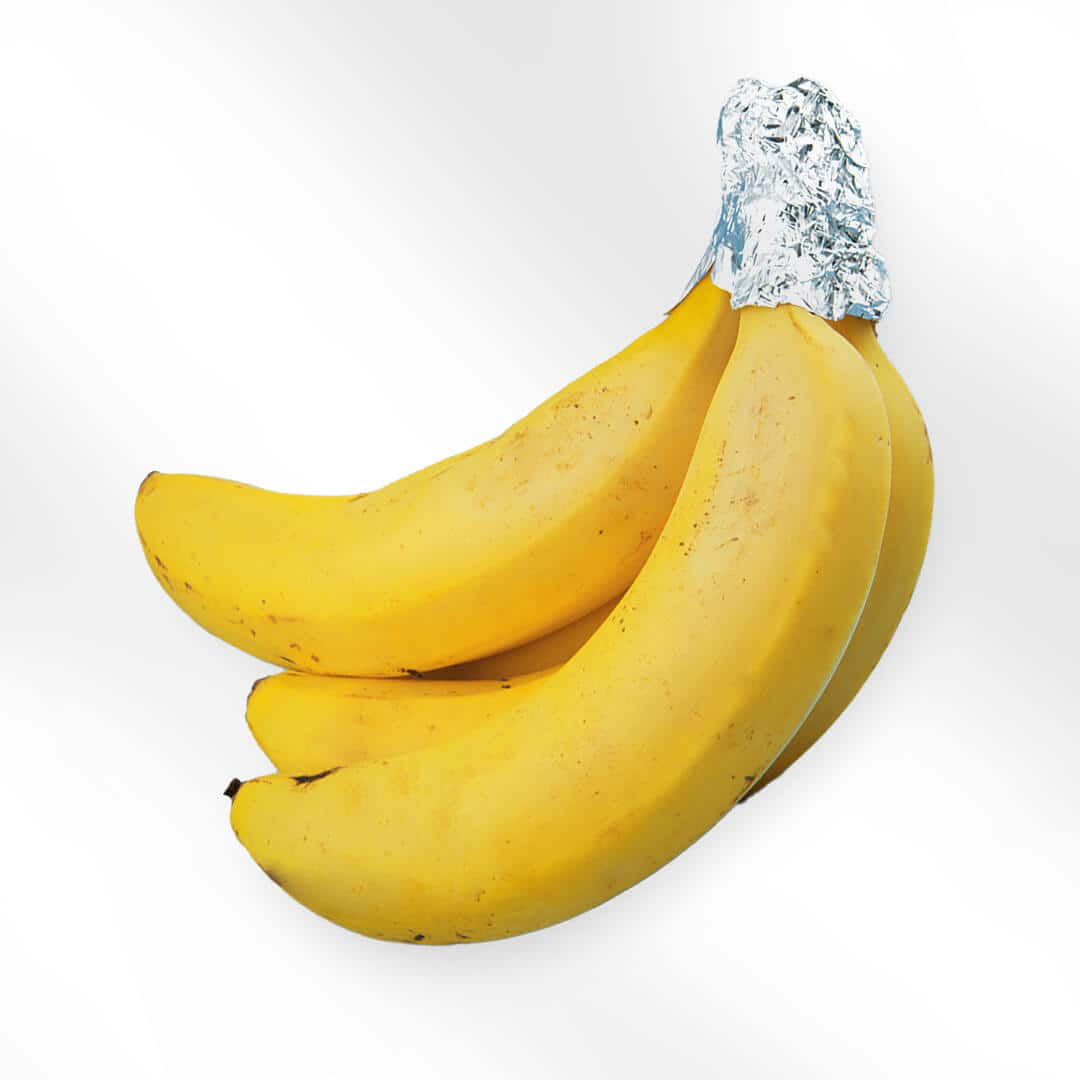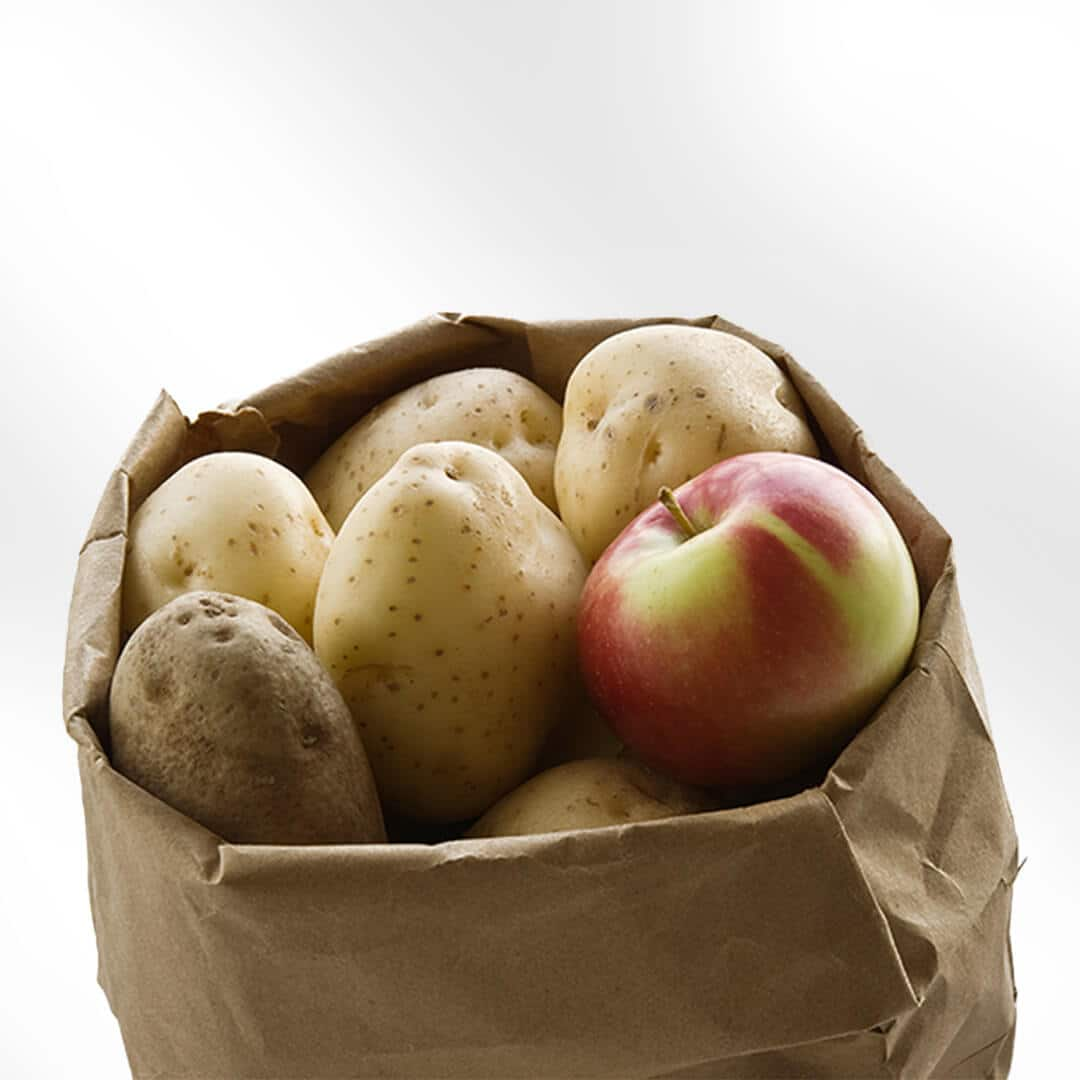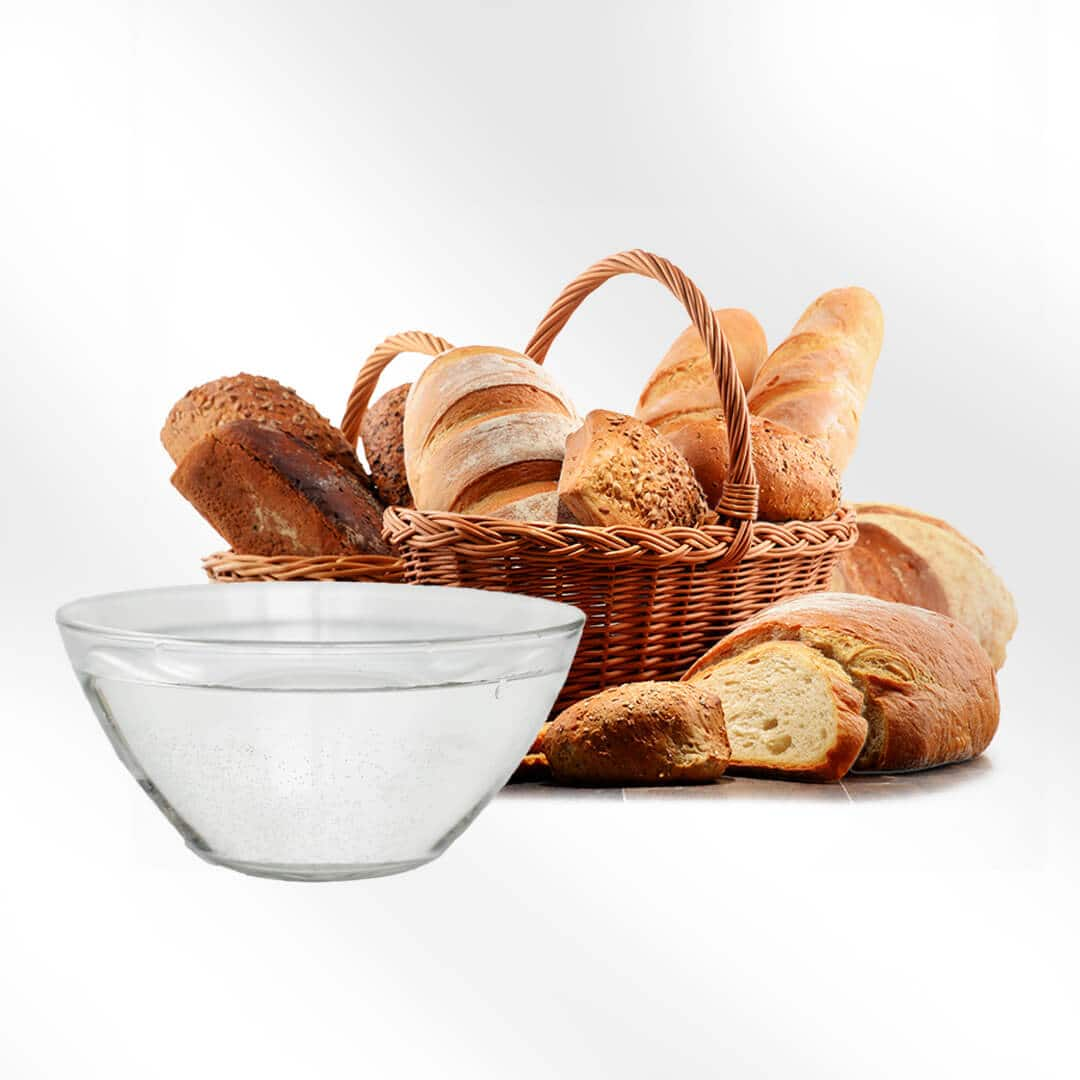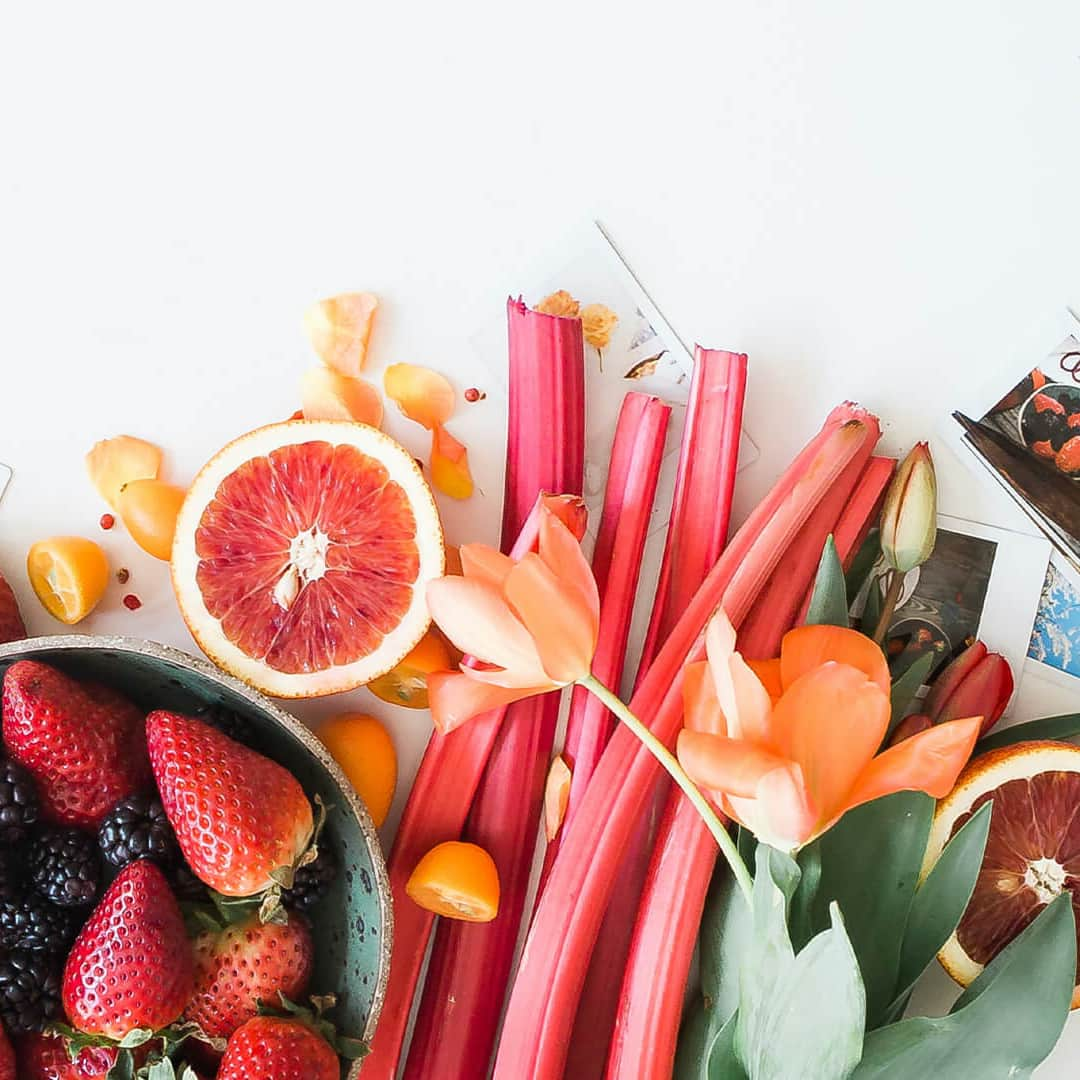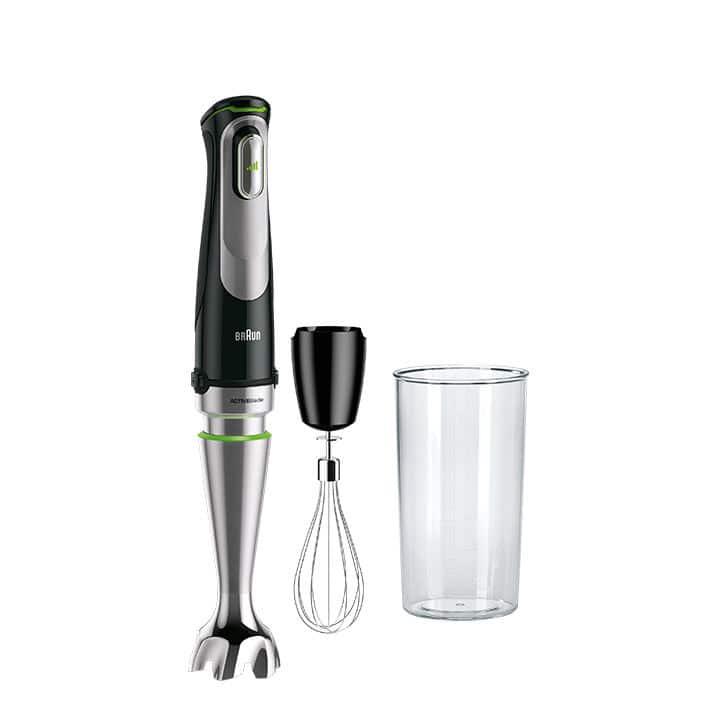Food preparation
Breakfast
Garment Care
Get inspired
Support
Food preparation
Breakfast
Garment Care
Get inspired
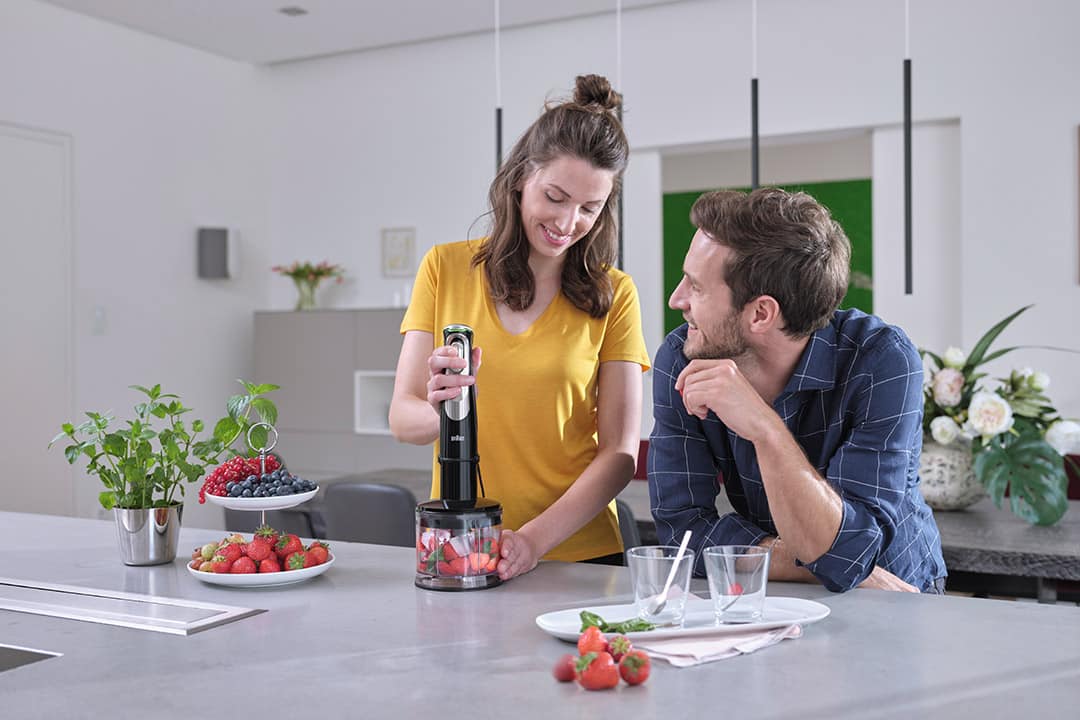
Hand blenders
Perfect blending results

Hand blenders
Perfect blending results

Hand mixers
Bring out the joy of cooking and baking.

Jug blenders
Blend sauces, icy drinks & more.

Coffee makers
Intuitive design. Inviting aroma

Coffee makers
Intuitive design. Inviting aroma

Water kettles
Fast and reliable with a unique design.

Citrus juicers
Fresh juice made fast & easy.

Toaster
A tasty, toasty start to your day.

Spin Juicers
Make the most out of your fruits.

PurEase Collection
Breakfast made beautifully. Morning made simple.

Identity Collection
Unmistakably you. Unmistakably Braun.

Tribute Collection
Purely what you need.

Steam generator irons
Top results faster & easier.

Steam generator irons
Top results faster & easier.

Steam irons
Flawless ironing quick & easy.

Hand blender attachments & accessories
Experience the versatility

Hand blender attachments & accessories
Experience the versatility

Recipe collection
Fun and simple recipes from Braun.

Sanitization function
Kills more than 99.99% of viruses and bacteria¹.

Support & Service
How can we help you?

Personal care
Discover Braun's hair removal, grooming & skin care products.
